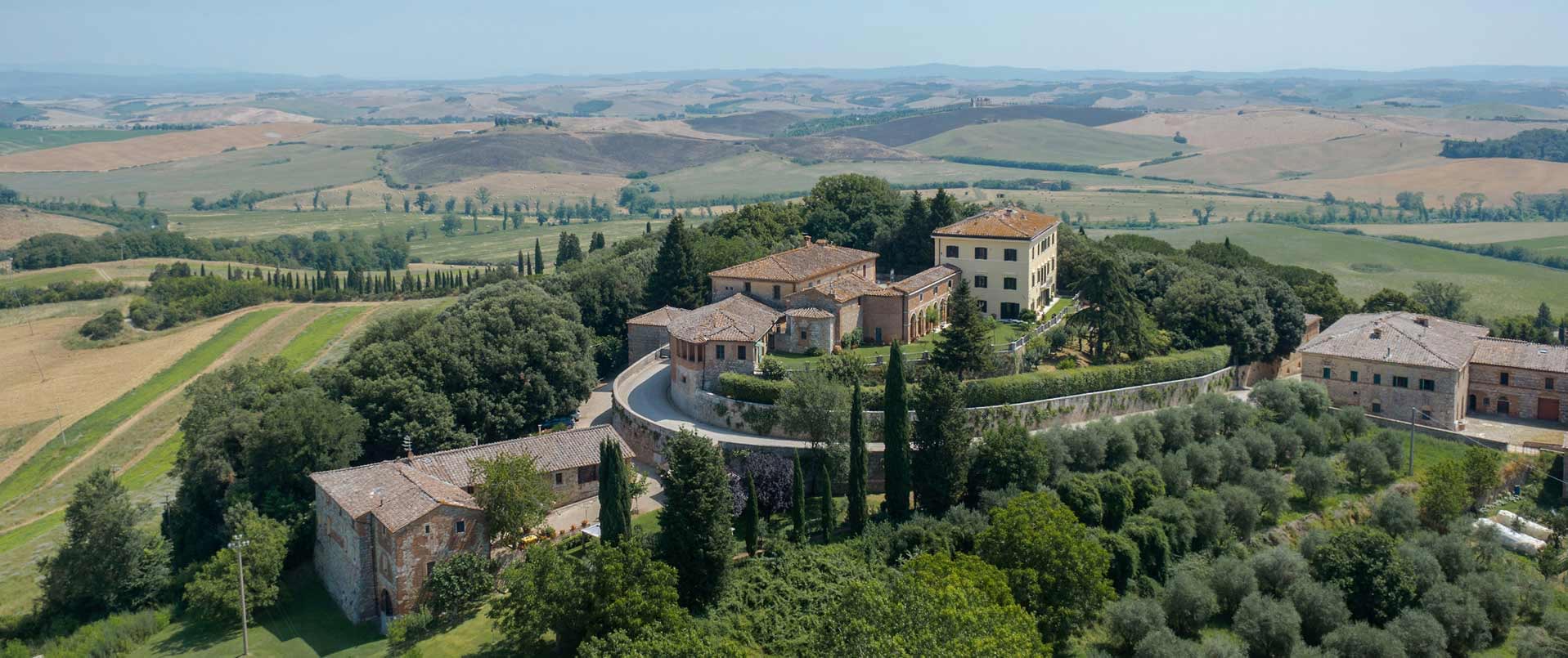
Rocca di Soragna
The Rocca di Soragna fortress, constructed in 1385 by the Marquises Bonifacio and Antonio Lupi with the permission of the Duke of Milan, Gian Galeazzo Visconti, stands as a square-shaped edifice graced by four corner towers and a central fifth tower adorning the primary façade, all enveloped by a spacious moat on its south-eastern flank. During the 16th century, it underwent significant structural renovations. In the subsequent century, as its original defensive features were no longer relevant, it was transformed into a magnificent home, serving as the residence of the owner and his court, and ultimately acquiring its present appearance.
Today, the fortress is a charming venue for hosting exclusive private events, set against the backdrop of a splendid historical residence in Emilia Romagna.
The history of Rocca di Soragna
The Rocca fortress was built in 1385 by the Marquises Bonifacio and Antonio Lupi who had been granted feudal authority over the territory by Emperor Charles IV in 1347. They continued to exercise this authority until it was abolished at the time of Napoleon. It is probable that the first fortress, with a square floor plan and four towers at the corners, took only a year to build, while the outer walls were completed in 1392. At that time, the building was a powerful fortress equipped with every kind of defensive structure to protect against external attacks.
With the passage of time, and the consolidation of the power of the signorias, conflicts between feudal lords became increasingly rare, and it was therefore possible to refine the structures of the Castle, gradually transforming it into a more pleasant and comfortable residence, while still preserving its ancient elements.
The Rocca indeed underwent substantial structural renovations, especially in the 16th century, but it was only in the following century that it became a magnificent princely residence, with the appearance that it still retains to this day. Subsequent modifications were carried out by Angelo Rasori from Parma and by Antonio Tomba from Piacenza in the 18th and 19th centuries respectively.
The fortress, enriched over time with countless works of art and invaluable historical artifacts, has always remained the property of the Meli Lupi family.
The history of the Meli Lupi dynasty can be traced back to the oldest of the Lords of Soragna, Marquis Guido Lupi, who served as ‘Podestà’ (chief magistrate) of Parma in 1202, and who played a vital role in peace-making initiatives in the surrounding territories. In ancient times, the Lupi family most likely constructed the Castle and numerous other fortifications in the area: we know, in fact, that in 1318, troops under the command of the Podestà of Parma destroyed a small castle belonging to Albertazzo Lupi, due to his having refused to pay a fine.
Another crucial point in the family’s history was the conversion of their properties in Soragna into a fiefdom in 1347 by King Charles IV of Bohemia. This granted the title of Marquis to Ugolotto Lupi and his descendents, along with the right to ‘pure and mixed imperial power and the power of the sword over the fiefdom’. After long tribulations due to a dispute regarding inheritance of the family name and property, in 1530 Marquis Giampaolo Meli obtained the right to add the name of the extinct Lupi family to his own surname, as well as the privilege of including the imperial eagle insignia in the family coat of arms.
One of the personalities who undoubtedly conferred the most prestige and honour on the Meli Lupi family was Isabella Pallavicino di Cortemaggiore. She was the wife of Giampaolo II, a lady famed above all for obtaining permission from the Duke of Ferrara to have an edition of Torquato Tasso’s “Gerusalemme liberata” (‘Jerusalem Delivered’) printed, an edition that was revised and corrected by the author himself, who was still alive at the time. Tasso dedicated a sonnet to Lady Isabella that is still preserved in the library today.
In 1709, Giampaolo Maria succeeded in having Emperor Joseph I elevate the marquisate to the Principality of the Holy Roman Empire, with the right to mint coins. Since that time, the title of Prince has always been given to the eldest son of the family. The present holder of the title, Prince Diofebo, in addition to his activities in the agricultural sector, continues to work in the tourism sector and in the field of music.
 Co-Working
Co-Working
 Film sets
Film sets
 Gardens
Gardens
 Pet Friendly
Pet Friendly
 Private events
Private events
 Residences
Residences
 Visits
Visits
 Weddings
Weddings
 Cultural tourism
Cultural tourism  Gardens
Gardens  Historic Homes open to visitors
Historic Homes open to visitors